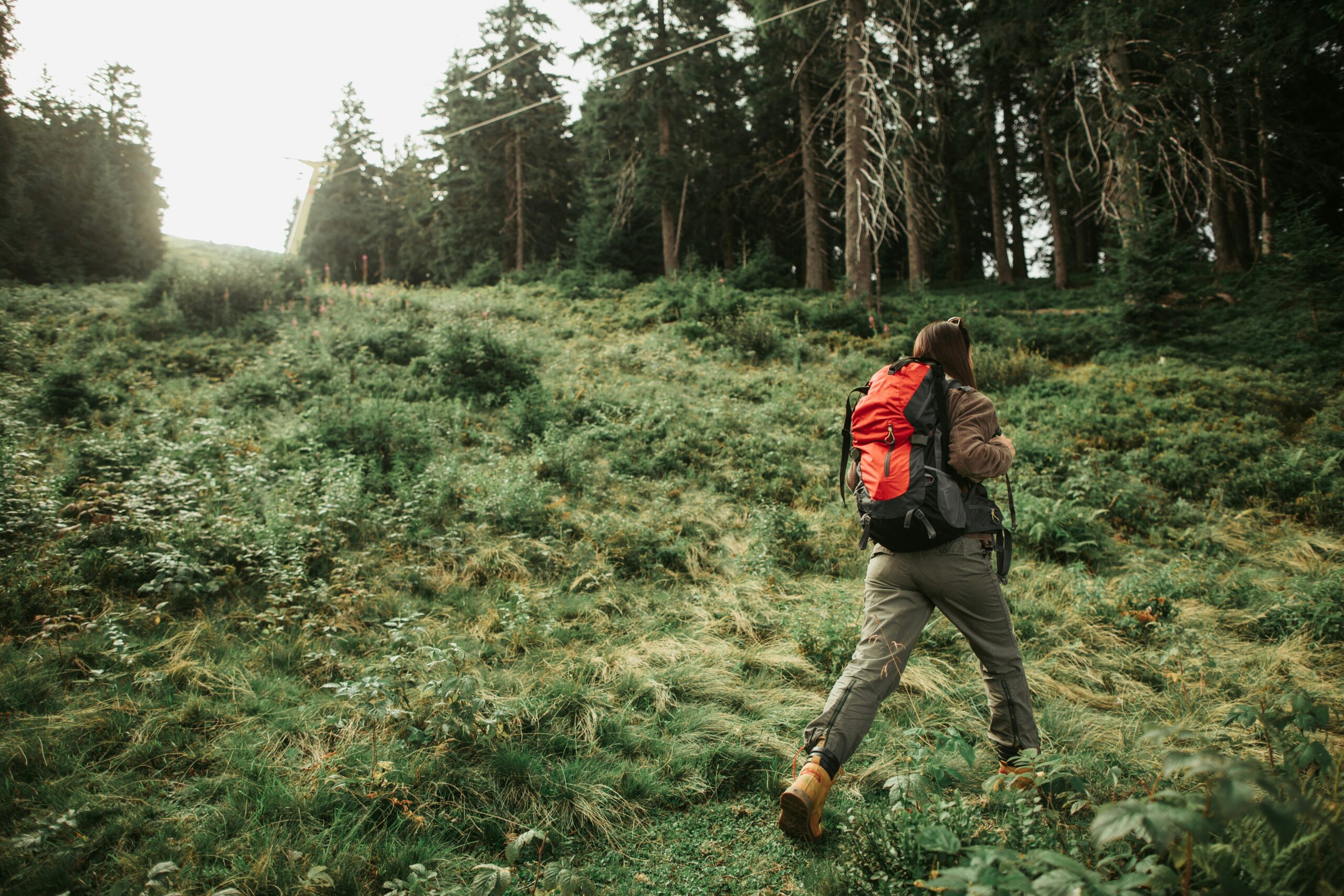
Hiking alone can be an empowering and fulfilling experience, offering solitude and the chance to connect with nature on a deeper level. However, it’s essential to be well-prepared and informed to ensure your safety during solo treks. Whether you’re a seasoned hiker or a first-time solo adventurer, taking a few precautions can make all the difference. Here are some expert solo trekking tips to help you stay safe when hiking alone.
Plan Your Route in Detail
Before you head out on a solo hike, take the time to plan your route thoroughly. This includes researching the trail, understanding its level of difficulty, and checking weather forecasts. Some trails are easier to navigate, while others may require advanced skills or experience. Ensure the trail is suitable for your fitness level and experience.
Additionally, let someone close to you know your plans, including your intended route and expected return time. This way, if something goes wrong, rescuers will know where to search for you. It’s also a good idea to have a backup plan in case your initial route becomes unfeasible due to weather changes or trail conditions. Being prepared for potential changes in your plan can make the hike much safer.
Carry Essential Hiking Gear
Packing the right gear is crucial when hiking alone. Always bring essentials such as a map, compass, first aid kit, flashlight, extra clothing layers, and food and water. When hiking solo, it’s important to be self-reliant, so don’t depend on finding sources of water or food along the way. A portable water filter or purification tablets are also recommended in case you need to refill your water supply from natural sources.
A fully charged phone is a must, but keep in mind that cell service may not be available in remote areas. Consider investing in a satellite communication device or a personal locator beacon (PLB) for emergency use. These devices can send a distress signal when no signal is available, ensuring you have a lifeline if you need help.
Stay Aware of Your Surroundings
While hiking solo, it’s vital to stay alert to your surroundings. Listen carefully for sounds of animals, weather changes, or other hikers on the trail. Make sure you’re always aware of the terrain and any hazards, such as loose rocks, fallen branches, or uneven paths that could cause you to trip or fall.
Avoid distractions, such as loud music or excessive phone use, while on the trail. Instead, focus on the sounds of nature and the environment around you. This will not only help you stay safe but also enhance your hiking experience as you connect more deeply with the wilderness.
Trust Your Instincts
Your instincts are one of your best assets when hiking alone. If something doesn’t feel right, don’t hesitate to turn around or adjust your plan. If you encounter a situation that makes you uncomfortable—whether it’s a weather change, a dangerous animal, or an unfamiliar section of the trail—trust yourself to make the right decision.
If you feel uneasy about continuing on the trail, there’s no shame in stopping or finding a safer alternative. Sometimes, a change in plans is the best decision to ensure your safety. Being aware of your comfort level and trusting your instincts can help you avoid potentially dangerous situations.
Know What to Do in Case of Emergency
It’s essential to have a basic understanding of wilderness first aid in case an emergency arises. Knowing how to treat minor injuries, such as cuts, sprains, or blisters, can help prevent them from developing into more serious problems. If you’re venturing into more remote areas, consider taking a wilderness first aid course to equip yourself with more advanced knowledge and skills.
In the event of an emergency, stay calm and assess your situation. If you’re injured or lost, stay where you are and try to signal for help. Use a whistle or mirror to attract attention, and ensure your location is visible. Always have an emergency plan in place, and don’t hesitate to activate your locator beacon if needed.
Stay in Communication
While hiking alone can offer a sense of solitude, it’s essential to stay connected with others, especially when embarking on a long trek. Keep your phone charged, and check in with a friend or family member before you start your hike. Some hikers opt for a daily check-in during multi-day treks to ensure they’re on track and safe.
In the event of an emergency, maintaining communication can be crucial. Having someone aware of your location and progress allows them to assist with navigation or provide support in the event of a problem. Whether you’re hiking on a local trail or a remote backcountry route, communication is key to ensuring your safety during solo hiking adventures.
Solo hiking can be an enriching experience, but it’s essential to take the proper precautions to stay safe. By planning your route carefully, carrying the right gear, staying aware of your surroundings, trusting your instincts, knowing basic first aid, and staying connected, you’ll ensure a safer and more enjoyable adventure.